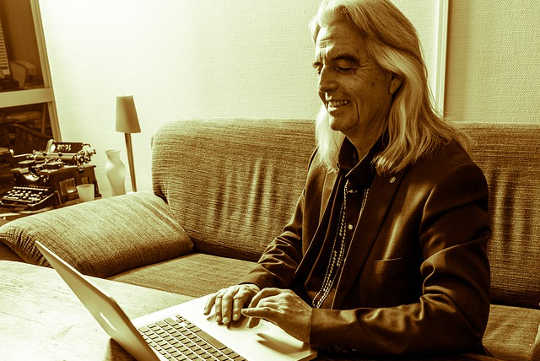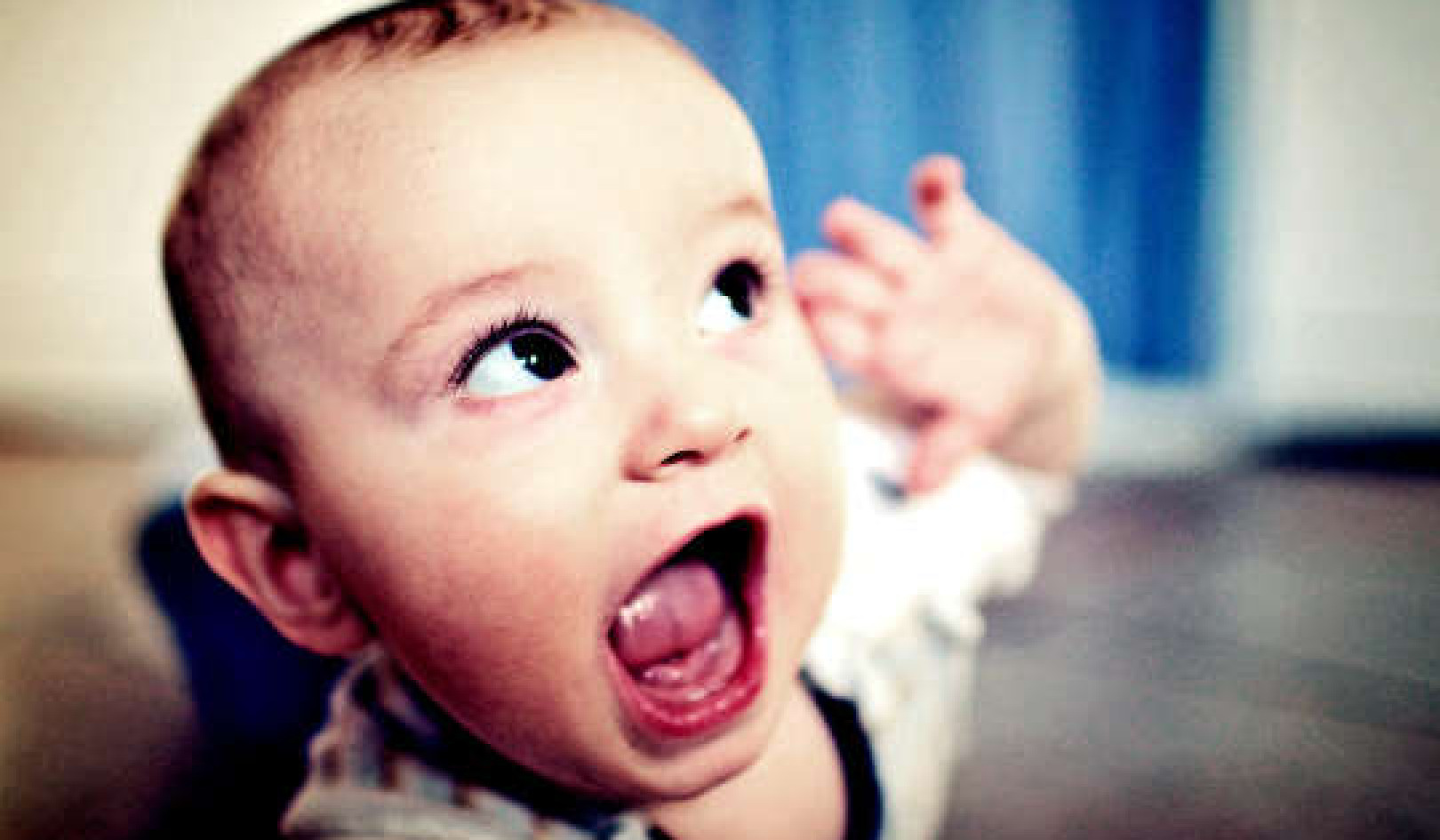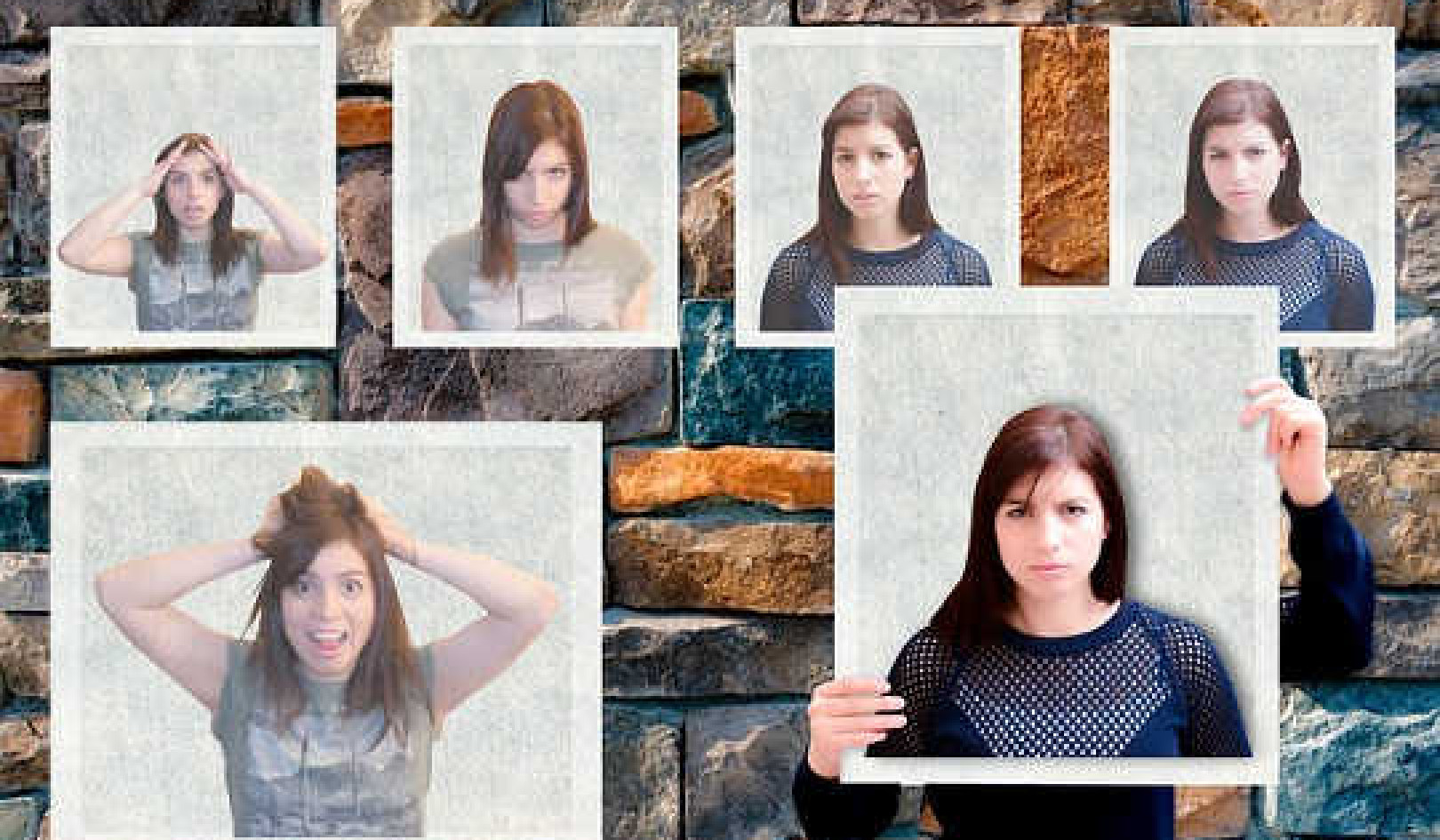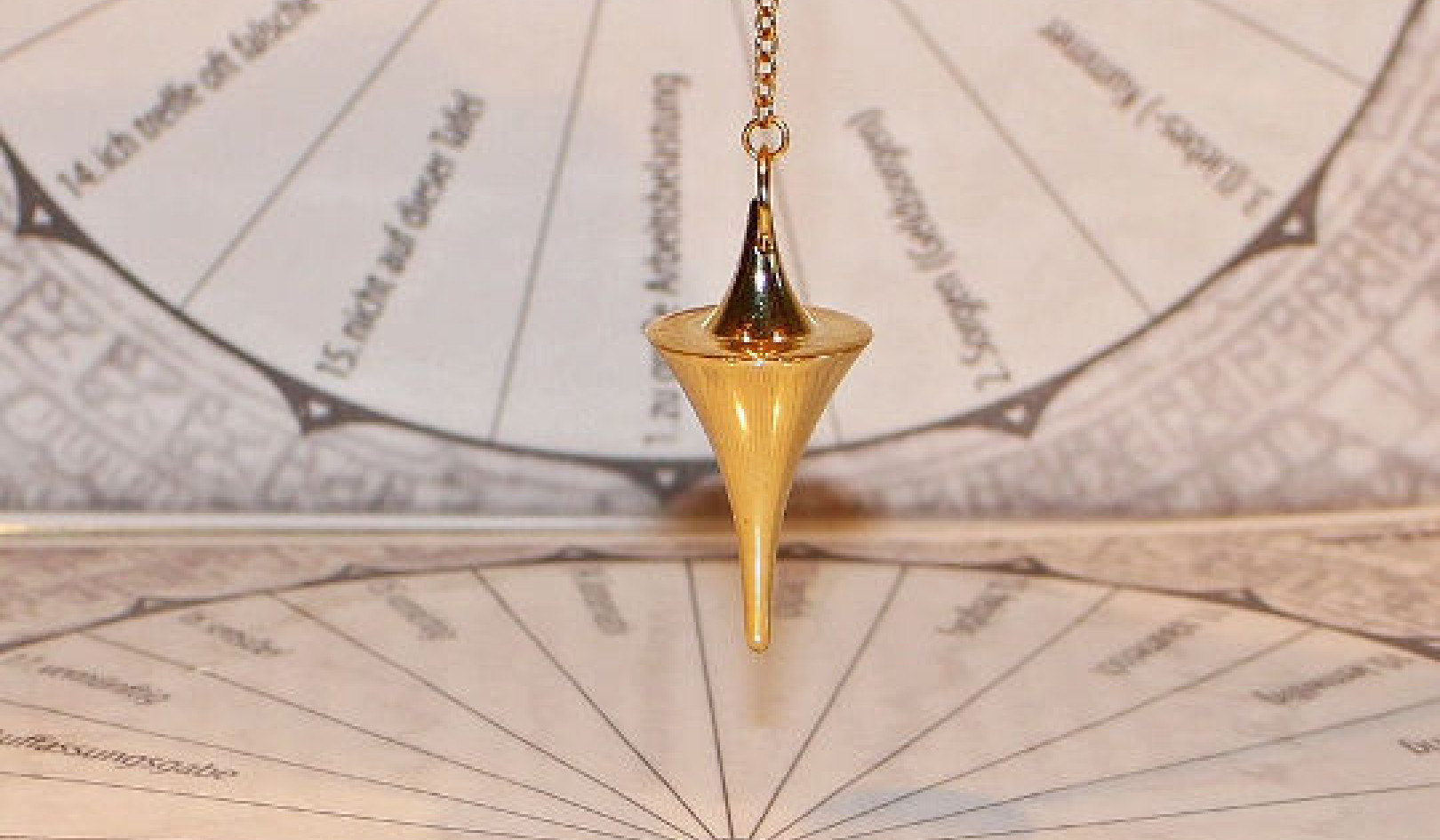
Image by Jon Frang Mostad
Are you a Cultural Creative? Check the boxes of statements you agree with. If you agree with 10 or more, you probably are one -- and a higher score increases the odds.
You are likely to be a Cultural Creative if you . . .
1.___ love nature and are deeply concerned about its destruction
2. ___ are strongly aware of the problems of the whole planet (global warming, destruction of rain forests, overpopulation, lack of ecological sustainability, exploitation of people in poorer countries) and want to see more action on them, such as limiting economic growth
3. ___ would pay more taxes or pay more for consumer goods if you knew the money would go to clean up the environment and to stop global warming
4. ___ give a lot of importance to developing and maintaining your relationships
5. ___ give a lot of importance to helping other people and bringing out their unique gifts
6. ___ volunteer for one or more good causes
7. ___ care intensely about both psychological and spiritual development
8. ___ see spirituality or religion as important in your life but are also concerned about the role of the Religious Right in politics
9. ___ want more equality for women at work, and more women leaders in business and politics
10. ___ are concerned about violence and the abuse of women and children around the world
11. ___ want our politics and government spending to put more emphasis on children's education and well-being, on rebuilding our neighborhoods and communities, and on creating an ecologically sustainable future
12. ___ are unhappy with both the left and the right in politics and want to find a new way that is not in the mushy middle
13. ___ tend to be rather optimistic about our future and distrust the cynical and pessimistic view that is given by the media
14. ___ want to be involved in creating a new and better way of life in our country
15. ___ are concerned about what the big corporations are doing in the name of making more profits: downsizing, creating environmental problems, and exploiting poorer countries
16. ___ have your finances and spending under control and are not concerned about overspending
17. ___ dislike all the emphasis in modern culture on success and "making it," on getting and spending, on wealth and luxury goods
18. ___ like people and places that are exotic and foreign, and like experiencing and learning about other ways of life
Introducing the Cultural Creatives
Imagine a country the size of France suddenly sprouting in the middle of the United States. It is immensely rich in culture, with new ways of life, values, and worldviews. It has its own heroes and its own vision for the future. Think how curious we all would be, how interested to discover who these people are and where they have come from.
In Washington and on the Sunday morning news shows, politicians would certainly have strong opinions about what it all means, and pundits would be expressing their views with their usual certainty. Businesses would be planning strategies to market to this population, and political groups would be exploring alliances. The media, of course, would be blazing with first-person interviews and inside stories of the new arrivals, instead of the latest Beltway scandals.
Now imagine something different. There is a new country, just as big and just as rich in culture, but no one sees it. It takes shape silently and almost invisibly, as if flown in under radar in the dark of night. But it's not from somewhere else. This new country is decidedly American. And unlike the first image, it is emerging not only in the cornfields of Iowa but on the streets of the Bronx, all across the country from Seattle to St. Augustine.
It is showing up wherever you'd least expect it: in your brother's living room and your sister's backyard, in women's circles and demonstrations to protect the redwoods, in offices and churches and online communities, coffee shops and bookstores, hiking trails and corporate boardrooms.
Shaping a New Culture
This new country and its people are the subject of this book (The Cultural Creatives). We report thirteen years of survey research on more than 100,000 Americans, hundreds of focus groups, and about sixty in-depth interviews that reveal the emergence of an entire subculture of Americans.
Their distinctive beliefs and values are shown in the self-scoring questionnaire (see above). The underlying themes express serious ecological and planetary perspectives, emphasis on relationships and women's point of view, commitment to spirituality and psychological development, disaffection with the large institutions of modern life, including both left and right in politics, and rejection of materialism and status display.
Since the 1960s, 26 percent of the adults in the United States -- 50 million people -- have made a comprehensive shift in their worldview, values, and way of life -- their culture, in short. These creative, optimistic millions are at the leading edge of several kinds of cultural change, deeply affecting not only their own lives but our larger society as well. We call them the Cultural Creatives because, innovation by innovation, they are shaping a new kind of American culture for the twenty-first century.
One useful way to view the idea of "culture" is as a large repertoire of solutions for the problems and passions that people consider important in each time period. So these are the people who are creating many of the surprising new cultural solutions required for the time ahead.
A Long-Anticipated Moment
When we say that a quarter of all Americans have taken on a whole new worldview, we are pointing to a major development in our civilization. Changing a worldview literally means changing what you think is real. Some closely related changes contribute to and follow from changes in worldview: changes in values, your fundamental life priorities; changes in lifestyle, the way you spend your time and money; and changes in livelihood, how you make that money in the first place.
As recently as the early 1960s, less than 5 percent of the population was engaged in making these momentous changes -- too few to measure in surveys. In just over a generation, that proportion grew steadily to 26 percent. That may not sound like much in this age of nanoseconds, but on the timescale of whole civilizations where major developments are measured in centuries, it is shockingly quick. And it's not only the speed of this emergence that is stunning. Its extent is catching even the most alert observers by surprise.
Officials of the European Union, hearing of the numbers of Cultural Creatives in the United States, launched a related survey in each of their fifteen countries in September 1997. To their amazement, the evidence suggested that there are at least as many Cultural Creatives across Europe as we reported in the United States.
Visionaries and futurists have been predicting a change of this magnitude for well over two decades. Our research suggests that this long-anticipated cultural moment may have arrived. The evidence is not only in the numbers from our survey questionnaires but in the everyday lives of the people behind those numbers. The sheer size of the Cultural Creative population is already affecting the way Americans do business and politics.
They are the drivers of the demand that we go beyond environmental regulation to real ecological sustainability, to change our entire way of life accordingly. They demand authenticity -- at home, in the stores, at work, and in politics. They support women's issues in many areas of life. They insist on seeing the big picture in news stories and ads. This is already influencing the marketplace and public life.
Because Cultural Creatives are not yet aware of themselves as a collective body, they do not recognize how powerful their voices could be. And if the rest of us are blind to the paradoxical gifts that their awakening brings, then we may well be left wondering where all the changes are coming from.
This book (The Cultural Creatives) aims to sharpen our collective awareness with an in-depth look into who the Cultural Creatives are and what their emergence means for them and for all of us. Whether you are a Cultural Creative or share an office, a home, or a bed with one, or whether you simply want to create new projects or do business with Cultural Creatives, you'll discover what differences their presence will make in your life.
©2000, 2001. Excerpted by permission of Harmony,
a division of Random House, Inc. All rights reserved.
No part of this excerpt may be reproduced or reprinted
without permission in writing from the publisher.
Article Source
The Cultural Creatives: How 50 Million People Are Changing the World
by Paul H. Ray, Ph.D., and Sherry Ruth Anderson, Ph.D.
 In this landmark book, sociologist Paul H. Ray and psychologist Sherry Ruth Anderson draw upon thirteen years of survey research studies on more than 100,000 Americans. They reveal who the Cultural Creatives are and the fascinating story of their emergence over the last generation, using vivid examples and engaging personal stories to describe their distinctive values and lifestyles. The Cultural Creatives offers a more hopeful future and prepares us all for a transition to a new, saner, and wiser culture.
In this landmark book, sociologist Paul H. Ray and psychologist Sherry Ruth Anderson draw upon thirteen years of survey research studies on more than 100,000 Americans. They reveal who the Cultural Creatives are and the fascinating story of their emergence over the last generation, using vivid examples and engaging personal stories to describe their distinctive values and lifestyles. The Cultural Creatives offers a more hopeful future and prepares us all for a transition to a new, saner, and wiser culture.
For More Info or To Order This Book. Available in hardback or paperback.
About The Authors
PAUL H. RAY, PH.D., was educated at Yale and the University of Michigan, where he was also an associate professor. Currently he is executive vice president of American LIVES, Inc., a market research and opinion polling firm doing research on the lifestyles and values of Americans. He has headed more than 100 major research and consulting projects and has published numerous articles on values and social change.
SHERRY RUTH ANDERSON, PH.D., was educated at Goucher College and the University of Toronto, where she was an associate professor and head of psychological research at the Clarke Institute of Psychiatry. She is the author of numerous articles in psychology and coauthor of the best-selling The Feminine Face of God: The Unfolding of the Sacred in Women.
The authors' website is www.culturalcreatives.org.
























